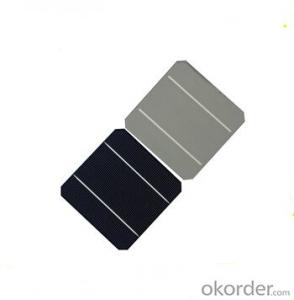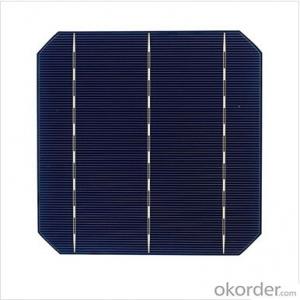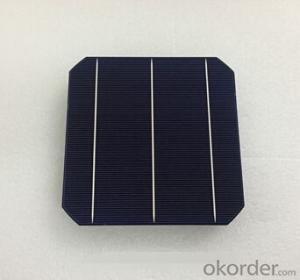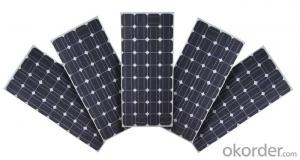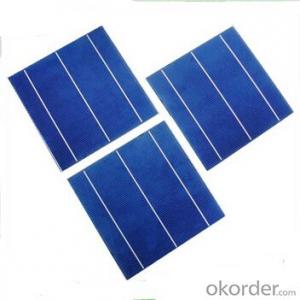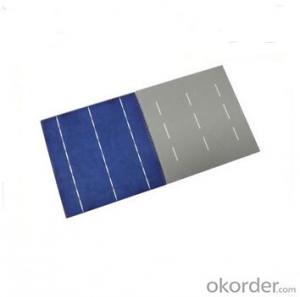3.1 Wp Solar Cells
3.1 Wp Solar Cells Related Searches
Except For Solar Cells Weegy Problems With Solar Cells High Power Solar Cells Light Trapping In Solar Cells High Performance Solar Cells High Output Solar Cells High Wattage Solar Cells Energy Transfer In Solar Cells High Efficiency Hvac Systems Recombination In Solar CellsHot Searches
Cheap Solar Cells For Sale Flexible Solar Cells For Sale Q Cells Solar Panels For Sale Printed Solar Cells For Sale Bulk Solar Cells For Sale 6x6 Solar Cells For Sale Broken Solar Cells For Sale Cpv Solar Cells For Sale Photoelectric Cells For Sale Price Of Silicon Solar Cells Price Of Solar Cells Over Time Buy Solar Cells From China Cheap Solar Cells China Best Type Of Solar Cells Flexible Solar Cells Price Q Cells Solar Panels Price 3 Types Of Solar Cells Production Of Solar Cells Common Types Of Solar Cells Q Cells Solar Panel Prices3.1 Wp Solar Cells Supplier & Manufacturer from China
Okorder.com is a professional 3.1 Wp Solar Cells supplier & manufacturer, offers integrated one-stop services including real-time quoting and online cargo tracking. We are funded by CNBM Group, a Fortune 500 enterprise and the largest 3.1 Wp Solar Cells firm in China.Hot Products
FAQ
- Solar cells are designed to handle temperature fluctuations by using materials that can withstand a wide range of temperatures. They typically have a positive temperature coefficient, meaning their efficiency increases with decreasing temperature. Additionally, solar cells are often constructed with thermal management systems, such as heat sinks or ventilation, to dissipate excess heat and maintain optimal performance.
- Is the Photovoltaic Cells cheap to buy?
- Compared to the other product which can generate the power, the Photovoltaic Cells are not cheap at all. However, if you take a look at all the solar cells product in the market, Photovoltaic Cells are actually comsidered to be cheap.
- Yes, solar cells can be used in underwater vehicles. However, due to the limited availability of sunlight underwater, the efficiency of solar cells is significantly reduced compared to their performance on the surface. Therefore, other power sources such as batteries or fuel cells are often used in conjunction with solar cells to provide continuous power to underwater vehicles.
- Yes, solar cells can be used in mining or extraction operations. They can be employed to power various equipment and machinery used in these operations, such as lighting systems, ventilation systems, and pumps, reducing the reliance on fossil fuel-based energy sources. Additionally, solar cells can also be utilized to provide electricity to remote mining sites where grid connections are not feasible, thereby reducing the environmental impact and operational costs associated with these operations.
- Solar cells are connected in a solar panel through a series of electrical connections called interconnects. These interconnects form a circuit that allows the flow of electrons between the individual solar cells, ensuring that the electrical current generated by each cell is combined to produce a higher voltage and power output.
- Yes, solar cells can be used in remote or inaccessible locations. Solar cells are a reliable and sustainable source of energy that can be installed in areas with limited infrastructure or access to the grid. They are often used to power remote buildings, off-grid communities, and even in space missions. The portability and versatility of solar panels make them an ideal solution for providing electricity in remote or inaccessible locations.
- Solar cells are typically made using materials such as silicon, cadmium telluride, or copper indium gallium selenide (CIGS).
- The role of solar cells in powering streetlights is to capture sunlight and convert it into electricity, which is then stored in batteries. This stored energy is used to power the streetlights during the night, reducing the dependence on the electrical grid and minimizing energy costs and environmental impact.




















